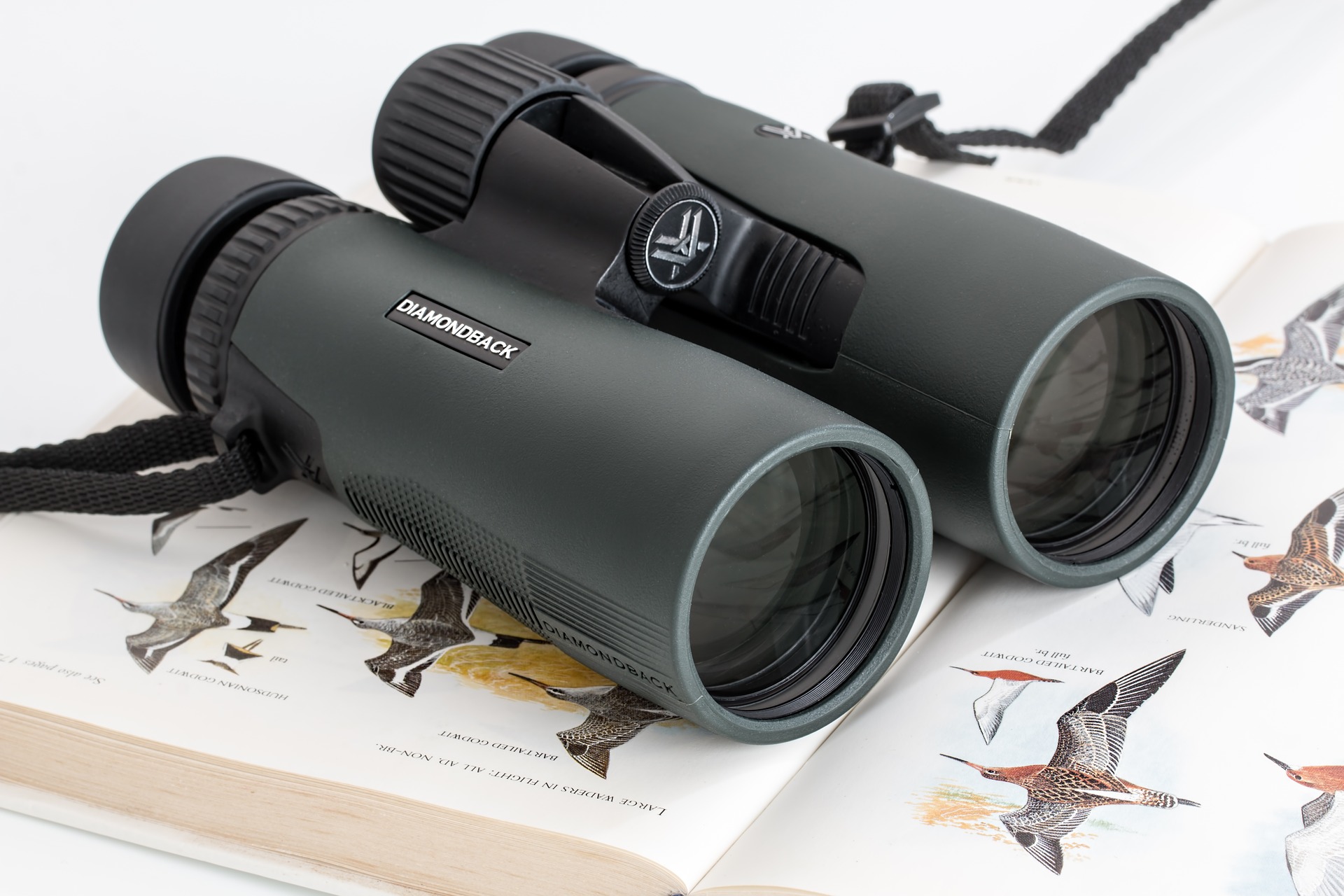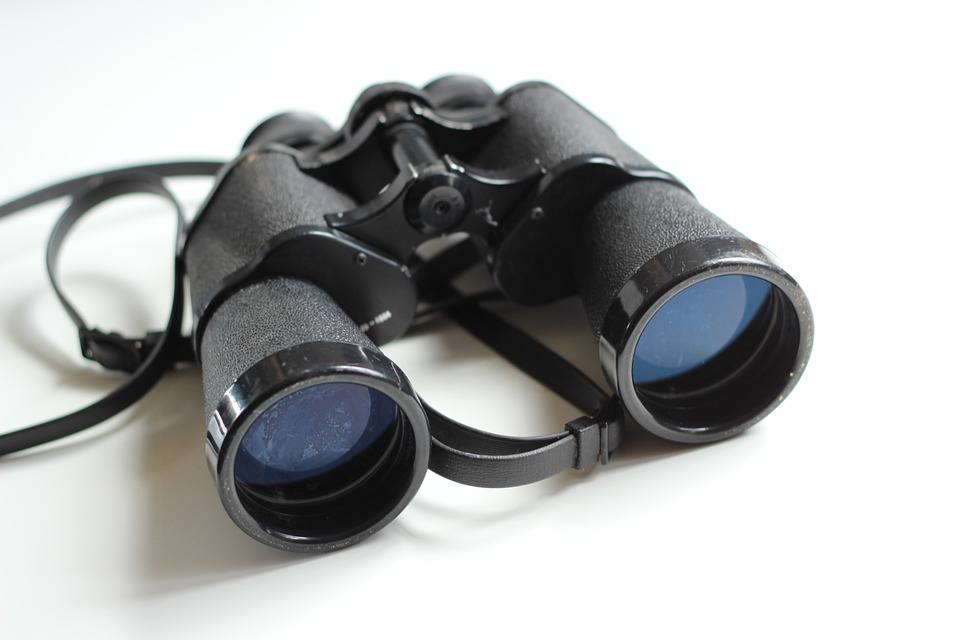

As a general hobbyist, it’s not necessary to spend top dollar on binoculars. Models of this price are built to exacting standards using the latest technologies and the highest quality materials and components. Very high-end astronomy binoculars can cost $3,000 or more. By comparison, more expensive binoculars are made with high-quality materials, precision optics, and all-metal components. Binoculars at the lower end of that price range are made with low-cost materials and components to keep the price down. That being said, the price of astronomy binoculars varies widely based on a number of factors. 6įor most binoculars for stargazing, you can expect to pay between $40-$400 and still get a high-quality product. If you wear glasses, longer eye relief is preferable as you’ll be able to hold the binoculars a small distance from your glasses without losing any of the image produced.

The larger the exit pupil diameter, the brighter the image. 4 The diameter of the exit pupil can be calculated by dividing the objective lens diameter by the magnification. Exit pupil diameter is important for low-light conditions – The exit pupil is the bright circle that can be seen in the middle of each eyepiece when binoculars are held at arm’s length.By comparison, astronomers like to appreciate the entire view and prefer binoculars that can provide both a higher magnification and a wide FOV. Binoculars with a wide FOV are ideal for activities like birdwatching where you need to spot things without moving the binoculars around. 3 The greater the magnification, the lower the FOV. Consider the field of view (FOV) – The field of view, or FOV, is the area (measured in degrees or feet) that can be seen when looking through binoculars.However, use 20×80’s and you’ll not only see your target twice as large, but you’ll also see more. Your target will simply appear twice as large. For example, while 10×50 binoculars are common, you can also buy 20×50’s, but these won’t add a lot to the observing experience. 2 As a result, you’ll see more and fainter objects and greater detail. The larger the objective lenses, the more light the binoculars can gather. For example, 10×50 binoculars have a magnification of 10x and objective lenses 50mm in diameter. These are the lenses that are pointed up toward the sky. The aperture is the width of the objective lenses. 1 The first number is the magnification, while the second number is the aperture measured in millimeters. Check the magnification and aperture – The numbers separated by an “X” on binoculars show magnification and aperture.Be sure to do adequate research on the product you are considering purchasing to look for key features and ask your friends and family (especially your fellow stargazers) if they have any recommendations on the best astronomy binoculars for your specific needs. Here are some tips and best practices to consider when making a buying decision.
BEST BINOCULAR HOW TO
However, it can be a fun challenge to track them down!Īs an astronomy expert, I often get asked how to choose the best binoculars for stargazing. Anyone who wants to observe galaxies – While binoculars can be great for star clusters, multiple stars and nebulae, galaxies are often too small and faint.Anyone who wants to seriously observe the planets – Unfortunately, most binoculars lack the power necessary to show the planets as anything more than points of light.
BEST BINOCULAR PORTABLE
BEST BINOCULAR FULL
The Best Binoculars for Stargazing: Full Reviews.Our Methodology: Why Trust Moon and Back.Research Tips (from an Astronomy Expert).Who Should Not Buy Astronomy Binoculars?.


 0 kommentar(er)
0 kommentar(er)
